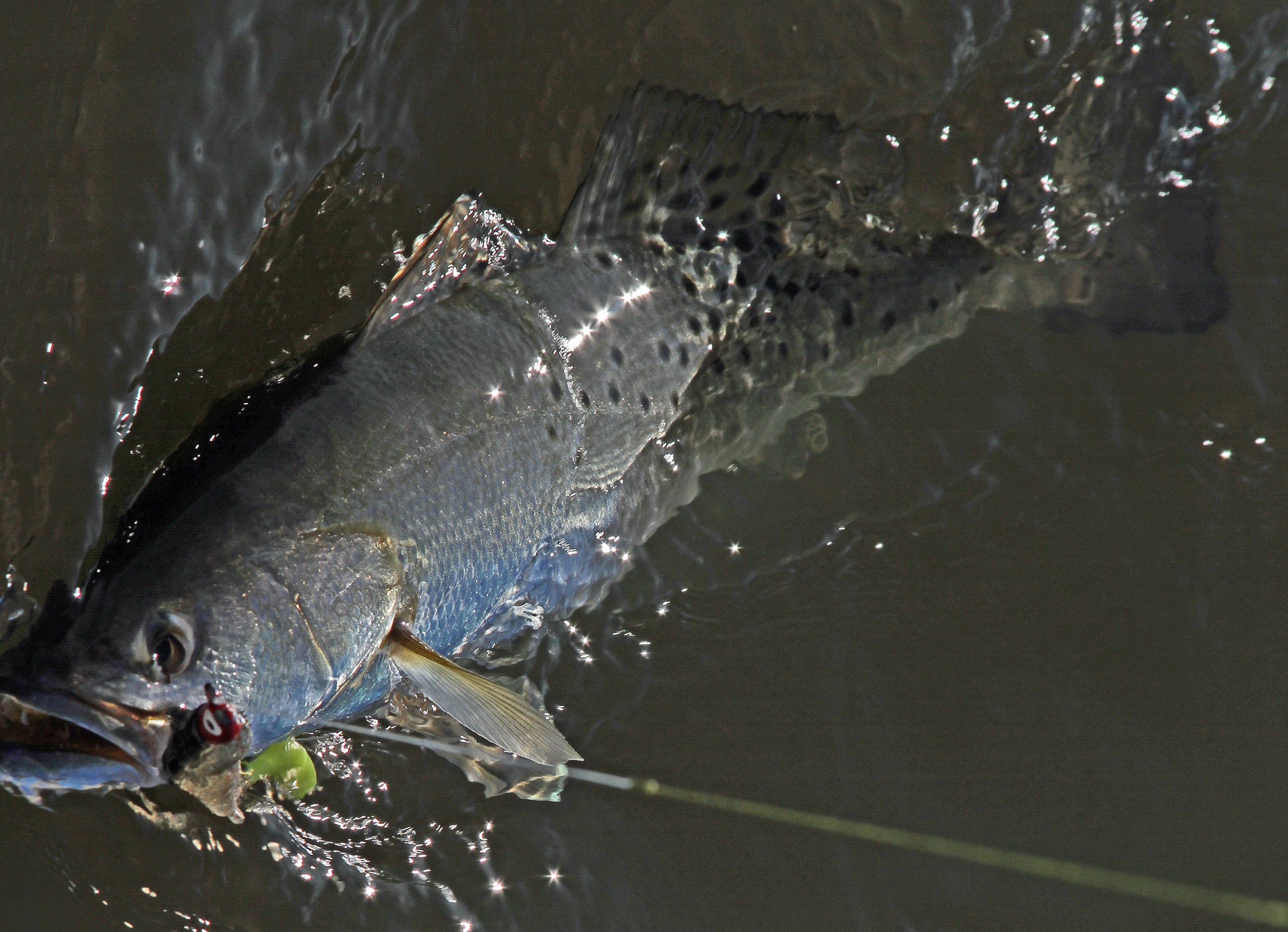By DAVID RAINER, Alabama Department of Conservation and Natural Resources
Alabama’s inshore anglers are aware that fishing for two of the most popular species – southern flounder and spotted seatrout – has not been up to normal Gulf Coast standards in the past few years.
The Alabama Marine Resources Division (MRD) is seeking public input on how to mitigate this downturn in the abundance of the two species. MRD recently held public meetings with commercial and recreational anglers to discuss what management measures would be supported.
“I was very appreciative of the number of people who came to the discussions about the possible changes, and that’s important,” MRD Director Scott Bannon said. “It’s important to us, and it’s important to them.”
Anglers who came to the public meetings at 5 Rivers Delta Resource Center last week heard Bannon and MRD Chief Biologist Kevin Anson present the current status of flounder and trout. MRD is considering options to help the fish stocks recover, including a reduction in bag limits, increased size limits and possible closed seasons.
“I’m kind of surprised by how many people are supportive of a reduced bag limit as a management tool,” Bannon said. “I’m very pleased with the feedback from people about what they see when they’re out fishing and what they think might help.
“Coupling that with what our science says, I think we’re going to be able to make some decisions that are going to be helpful for the resource but also still work with what our fishermen want in Alabama. Believe it not, one of the comments that I’ve received several times is that, even though people understand there is going to be some change, they appreciated the state’s effort to get the public’s opinion. As one person said, it shows we really do care.”
Of the two fish species, flounder is MRD’s biggest concern because of reduced harvest by both commercial and recreational anglers in recent years. The estimated harvest during the past 15 years shows a harvest of about 350,000 flounder in 2002 to about 150,000 in 2017. A significant spike in harvest occurred during the Deepwater Horizon oil spill because of a shift in angler effort from offshore waters to inshore waters.
“I think it’s going to take a multi-pronged approach both to recreational and commercial fishing to assure the stability of that fishery,” Bannon said. “These are hard decisions. On the commercial side, this affects income, but we want to sustain their income long-term.”
Bannon said about 30 commercial fishermen are targeting flounder with gillnets, while a small percentage are reporting harvests using gigs. Bannon is concerned that some giggers are skirting the reporting law.
“There is only a small number of people with commercial licenses who are reporting harvests using a gig,” he said. “All commercial harvests are required to be reported.
“But we think a number of people are recreationally fishing under a commercial license, and those fish aren’t getting reported. They purchase a commercial license to exceed the 10-fish bag limit.”
Bannon said the only management tool that would restrict this practice is a daily bag limit for those who hold a commercial license. Recreational anglers currently have a 10-flounder bag limit with a minimum size of 12 inches total length.
“Some people are truly commercially fishing,” he said. “They are using it to make a living. Others are just exceeding a bag limit. Gigging is a very effective fishery. The technology is helping them with better lights and better boats, like with most fisheries.
“We are going to work with the industry to see what’s a realistic bag limit, looking at the landing numbers. We could be looking at a combination of bag limits, size limits or a seasonal closure.”







